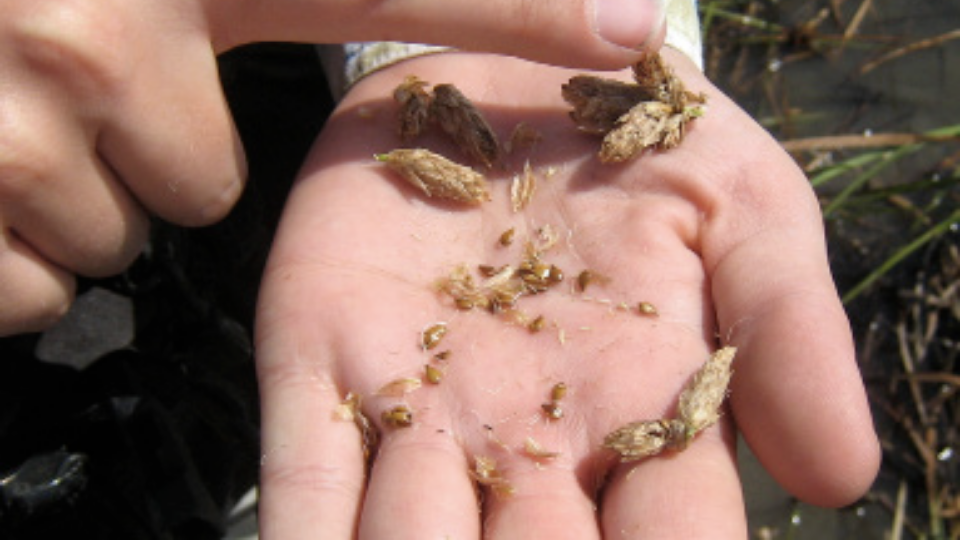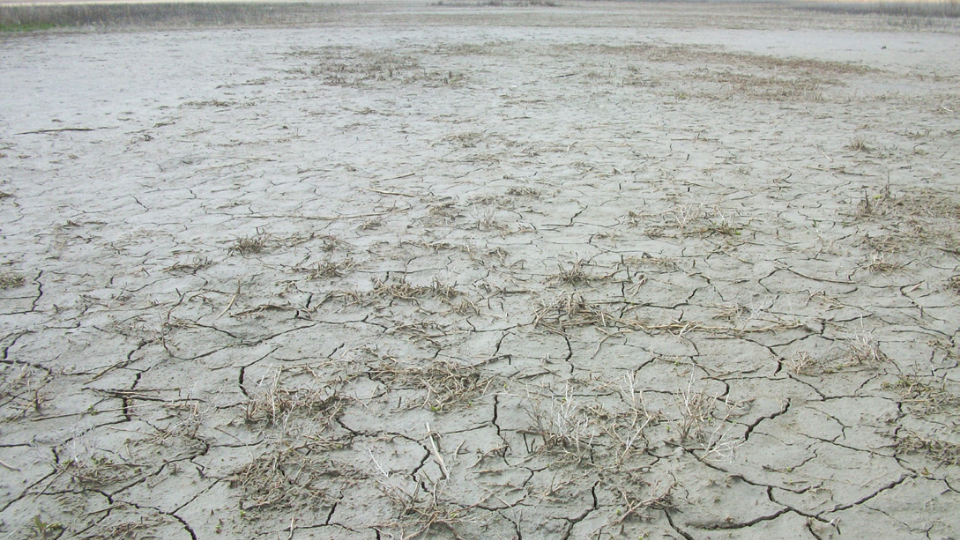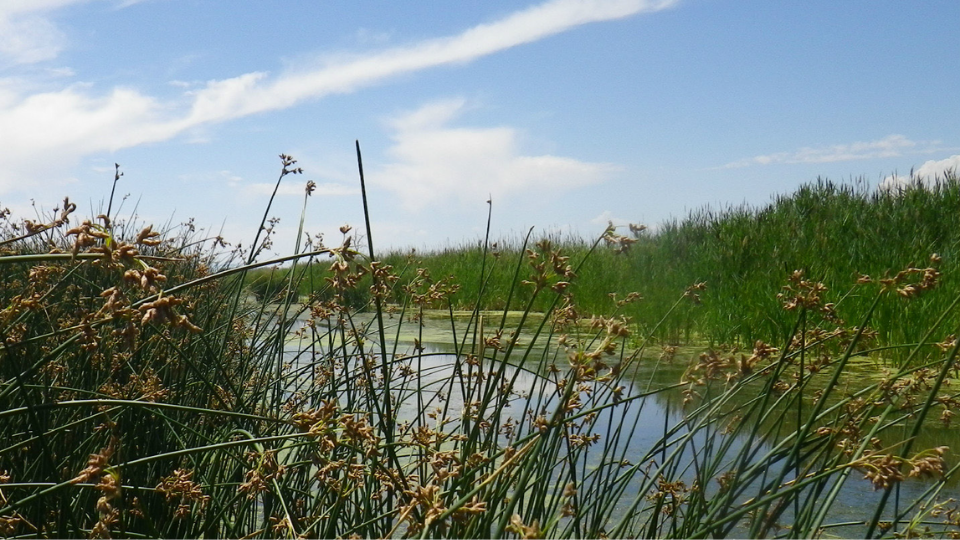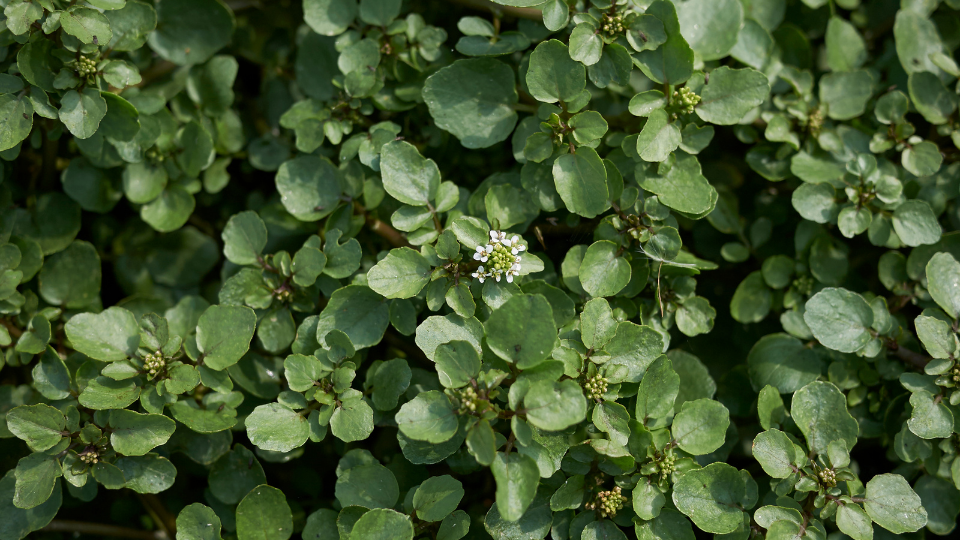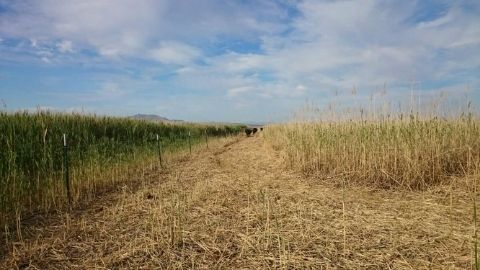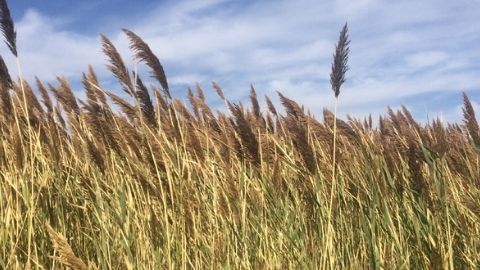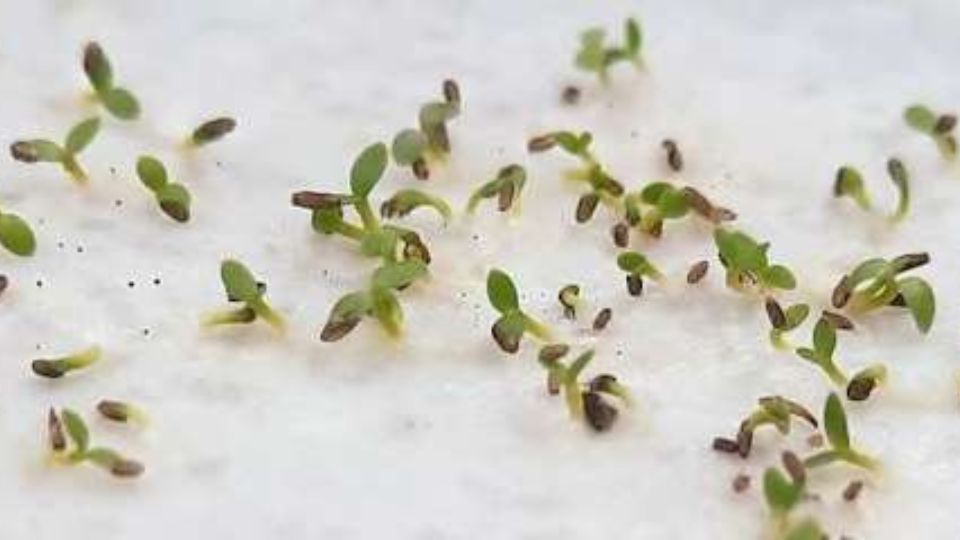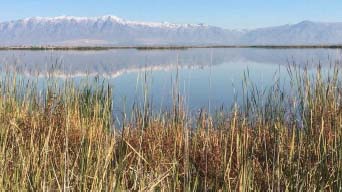How to Restore Phragmites-Invaded Wetlands
Why Control Phragmites?
Phragmites grows in tall, dense stands that shade out native plants. It spreads rapidly and overtakes important habitat for shorebirds and waterfowl, reducing the availability of nesting, loafing, and foraging areas. Phragmites makes large areas of wetlands inaccessible to wildlife and humans alike.
Where to Control Phragmites
It is not always possible to effectively control all Phragmites on your property. Choose healthy, robust patches that you will be able to access for multiple years. Treating patches near established native plants will help protect important native habitat, and will promote passive native plant recruitment following control.
Control Timeline
- (optional) In year one, mow, cut, or intensively graze in June, at least 1 month before herbicide application, to prevent seed production.
- Spray with glyphosate in August-September.
- If patch was unmowed in summer, or grew back significantly, mow, cut, trample, or burn Phragmites in fall or winter (allowing 1 month for herbicide to take effect first).
- Repeat for 3 consecutive years, spot treating the regrowth. Following year 3, monitor Phragmites in treated area, and continue spot treating as needed.
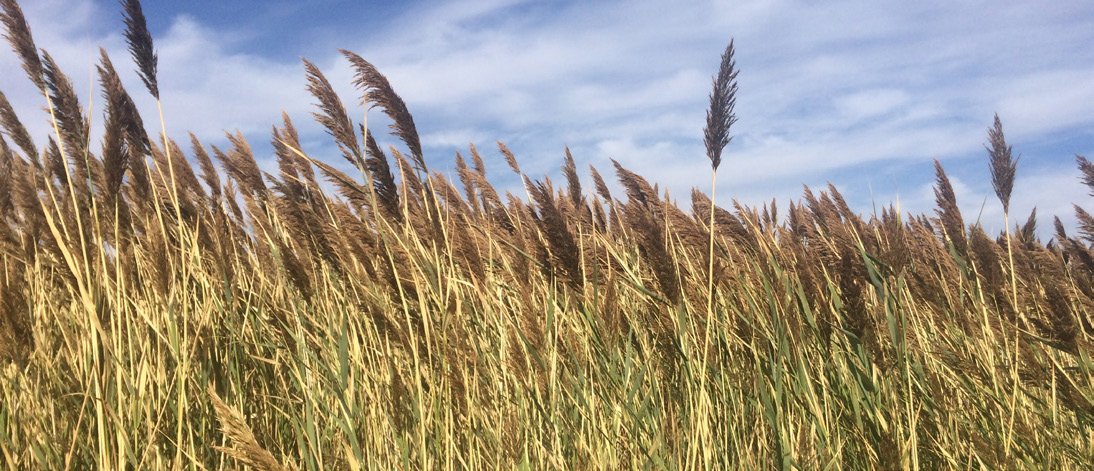 Crucial Tips
Crucial Tips
- The timing of herbicide application is very important. It should be applied just before the plant goes dormant, between tasseling and first frost. The best herbicide timing depends on location and is weather-dependent, but it usually occurs during August and September in Northern Utah.
- The plant must be healthy to thoroughly take up the herbicide. Avoid spraying Phragmites that is droughtstressed. Don’t mow or graze Phragmites within 1 month of spraying, before or after.
- Avoid trampling recently sprayed Phragmites as much as possible. Crushed Phragmites is less likely to effectively transport herbicide to the roots which is needed for effective control.
- Disrupting bird nesting with Phragmites control could violate the Migratory Bird Treaty Act.
- Always calibrate your spray equipment to ensure the proper amount of herbicide is being applied. Too little, or too much, will result in less effective treatment.
Water Management Improves Control Outcomes
- Water control, if available, is a very useful tool. Water can be used to help grow the Phragmites and make it healthy before spraying, which improves herbicide effectiveness.
- After mowing or burning, flooding sites as deep as possible can help decompose the Phragmites litter.
- Once native vegetation is established, following a natural hydrologic cycle (lots of water in spring, phasing to little or no water in early summer i.e. mid-May/early June) will help the native plants establish and reduce Phragmites spread. Leaving shallow water on an area all summer and into the fall will promote Phragmites germination and growth.
- Following treatment years, drought stressing treated areas will help prevent the return of Phragmites and promote the establishment of drought-tolerant plants such as pickleweed and saltgrass. However, if the objective is to reestablish emergent plants such as bulrushes, deeper water will be required.
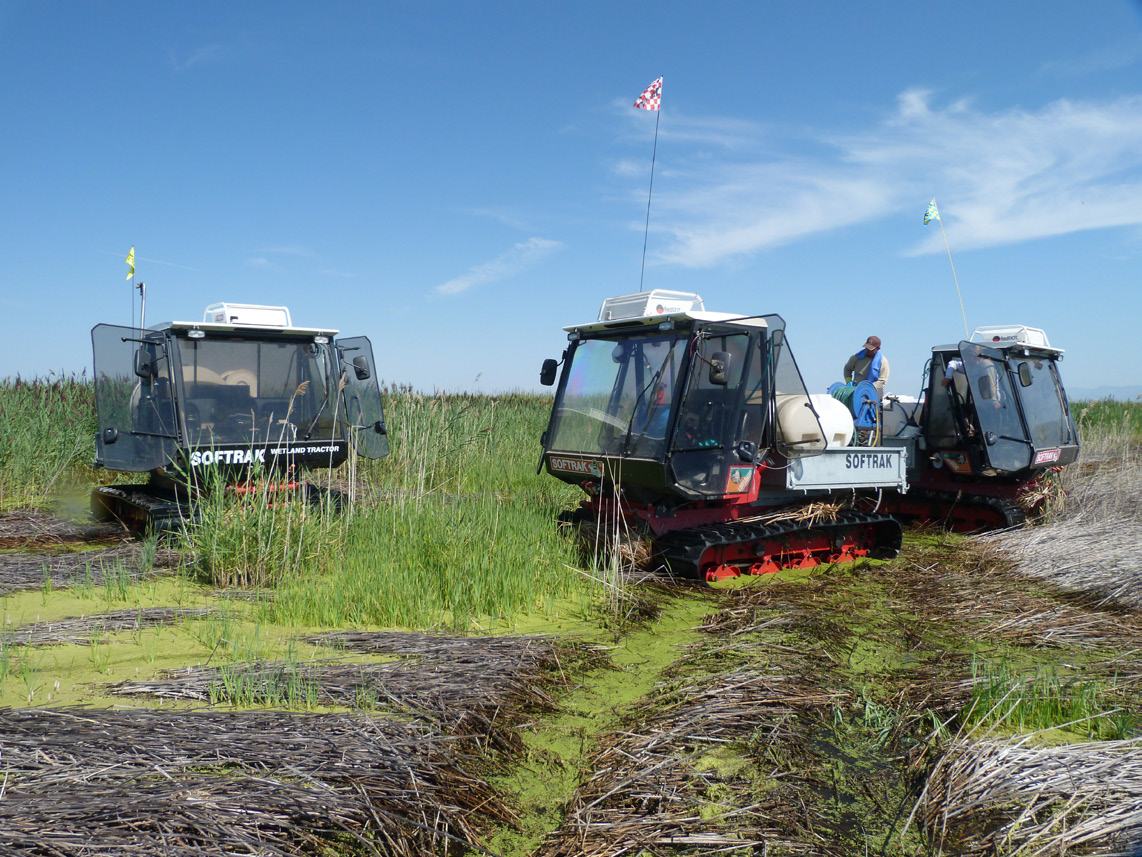 Managing Phragmites to Reduce Spread
Managing Phragmites to Reduce Spread
- If you cannot mow, well-timed herbicide spraying will at least prevent the plant from spreading, though natives are unlikely to establish in the dense, dead Phragmites stands.
- Areas that you are unable to treat with herbicide can be drought-stressed to prevent spread through patch expansion and seed production.
- Grazing is another useful tool to reduce Phragmites seed production and slow down the expansion of clones.
Herbicide Mixture
We recommend 0.75 gallons (3 qt) glyphosate with 0.1 gallons (13 oz) surfactant per acre + water. With a 100 gallon tank and a spray rate of 20 gallons per acre, this is equivalent to 3.75 gallons (15 qt) glyphosate, 0.5 gallons surfactant (2 qt), and 95.75 gallons of water.
Establishing Native Plants
- Phragmites patches that are older or distant from established native plants may have depleted native seed banks, leading to poor native plant recruitment following control. Active revegetation is the best option to most quickly establish plants that can outcompete Phragmites. Dense native plant cover reduces the moist, bare soil conditions Phragmites seeds need to germinate.
- Don’t waste money on native plant revegetation, at least for the first year, until you can see how much natural recovery you will get. Otherwise follow-up herbicide may kill what you have just planted.
- To create an optimal native seed bed prior to sowing, removal of Phragmites litter is beneficial.
- Revegetation using native plant seeds is the most cost-effective method, as opposed to planting plugs or mats.
- Source native seeds from at least 3 sites in order to increase genetic diversity, which will improve their establishment and help prevent Phragmites from coming back.
- When planting bulrushes, seeds need to be sown in fall to break seed dormancy naturally, or need to be pre-treated with bleach or chilling if sown in spring.
- To keep seeds from washing away, apply a tackifier.
- Seeds need moist to shallowly flooded soil (≤2 inches) to germinate. Native plants will be the most vulnerable in the first month. Choosing restoration areas with water control will help maintain conditions necessary for plant establishment.
- Pre-treated seeds should be sown in late spring, when soil temperatures are warmer, and the ground is still moist.
- Once established, alkali bulrush prefers fluctuating water levels, while threesquare and hardstem bulrush like saturated to shallow (≤2 inches) flooding.
- For details on revegetation protocols, contact Dr. Karin Kettenring, karin.kettering@usu.edu
Author affiliations
- Christine Rohal; Utah State University
- Keith Hambrecht; Utah Division of Forestry, Fire & State Lands
- Chad Cranney; Utah Division of Wildlife Resources
- Karin M. Kettenring; Utah State University, karin.kettenring@usu.edu
Recommended Citation:
Rohal, C., K. Hambrecht, C. Cranney, and K. Kettenring. 2017. How to restore Phragmites-invaded wetlands. Utah Agricultural Experiment Station Research Report 224, Logan, UT. 2pp.
Related Research


 Utah 4-H & Youth
Utah 4-H & Youth